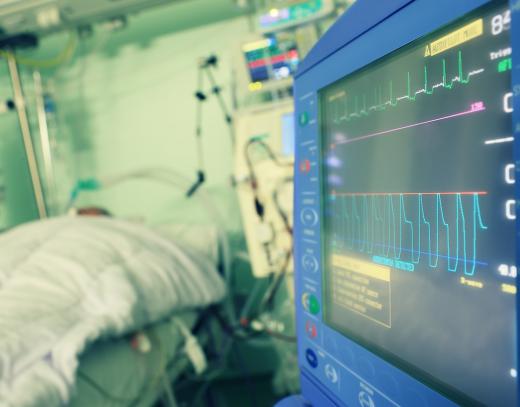An isolation amplifier is used to protect certain computer components from the electrical power that is needed to run them. Many computer components are delicate and can be damaged by even small fluxuations in electrical energy. Placing an isolation amplifier in a circuit separates the two sides of the circuit, allowing for precise control of the amount of energy transferred from one side to the other.
An isolation amplifier both blocks unwanted electrical activity and allows necessary activity to pass through. The device is designed to transmit signals that fall within allowable parameters. Information may be transmitted in analog form, or may be converted into digital before it is allowed to pass through the barrier. These amplifiers can also increase the amount of energy supplied to the data input system as necessary.

One common use for an isolation amplifier is to keep electrical and data input systems separate. Though a data input system requires electrical energy to run, energy fluxuations from a power source can damage the data input system. To protect the delicate circuitry from these fluxuations, an isolation amplifier can be placed between them, allowing only safe levels of energy to pass between. Damage to one component can also spread to nearby components, costing a lot of money in repairs.
Some data input systems are used to monitor potentially hazardous environments. Sensors that detect levels of hazardous gas, for example, must be protected from electrical surge because such a surge could cause an explosion. Computer components that burn out can, quite literally, catch on fire. Having an isolation amplifier is an important safety feature.
Another reason engineers install isolation amplifiers is to keep two components of a system separate and protected from unwanted electrical surges in the other. There are a number of systems that can damage each other with electrical energy. A common example of a machine that uses an isolation amplifier for this purpose is the electrocardiography (ECG) machine. When a patient is hooked up to this machine, he or she becomes a part of the circuit and must be protected from electrical energy that could surge through the machine from the power supply. The machine must also be protected from the patient, because in the event of a cardiac arrest, the patient will be exposed to high levels of electrical energy from a defibrillator which can damage the ECG.
